What to See, Experience, and Explore at Miami Art Week 2025
We checked in with our former podcast guests who will be inching through Miami traffic, unveiling new works, signing books and revealing new projects this year.
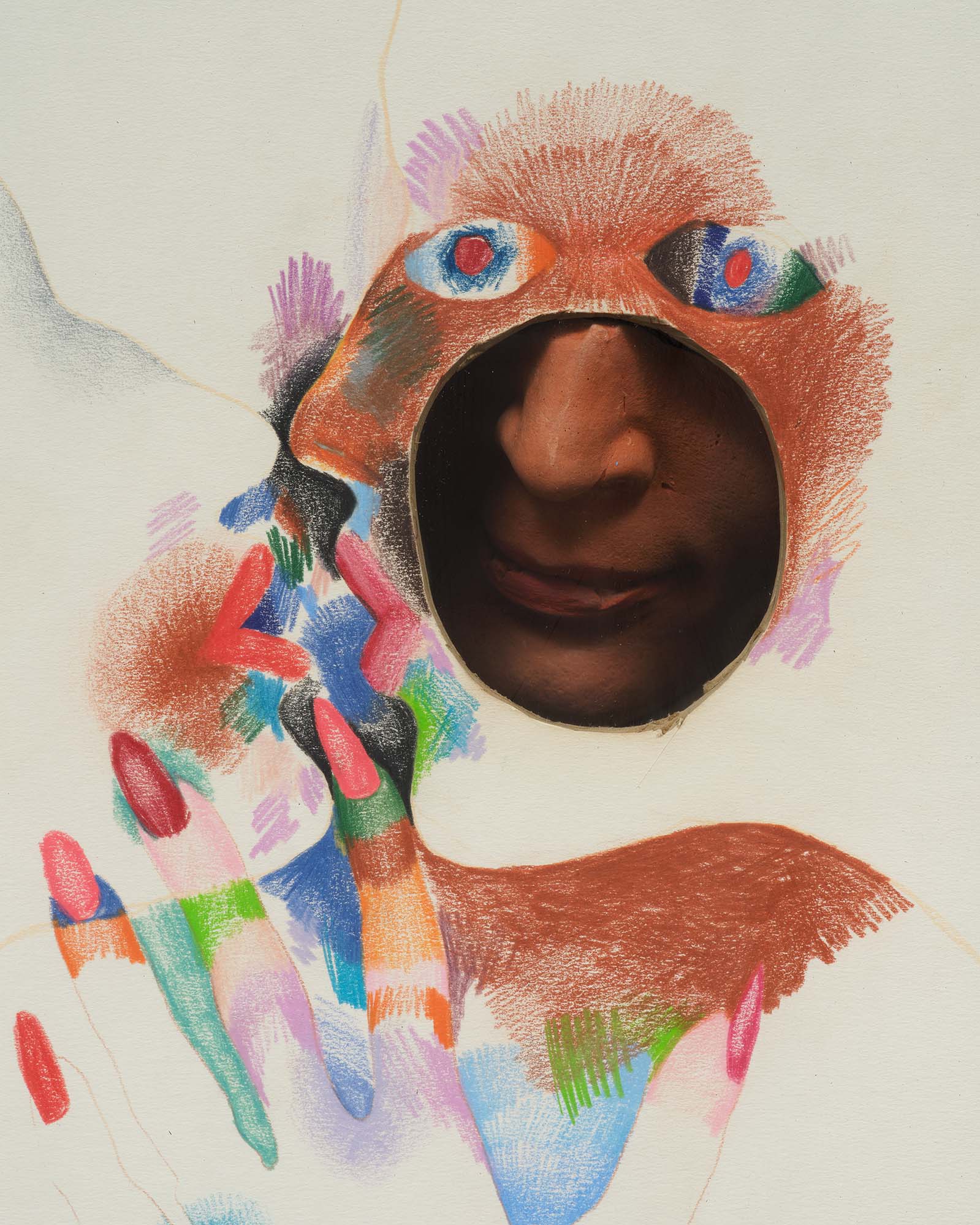
Welcome to The Curator, a newsletter companion to The Grand Tourist with Dan Rubinstein podcast. Sign up to get added to the list. Have news to share? Reach us at hello@thegrandtourist.net.
Copenhagen, “Marisol” (Until Feb. 22)
Marisol’s quirky life-size wooden sculptures were world-famous in the ’60s. Born in Paris to Venezuelan parents, she spent most of her career in New York, where her close friendship with Warhol, three Time magazine covers, and record show attendances gave her the nickname Queen of Pop. But, perhaps because the feminist and folk art influences in her work were more sentimental than most Pop Art, or that she was indifferent to the fame, her stardom quickly faded. A recent string of exhibitions across the U.S. have revived Marisol’s radically original creations. This will be the first in Europe. louisiana.dk
Beacon, “Tehching Hsieh: Lifeworks 1978–1999” (Long-term)
Tehching Hsieh is most famous for spending a year, from 1978 to 1979, locked inside an 11.5 by 9 by 8-foot wooden cage in his Manhattan studio. This was one of five psychologically grueling exercises, called One Year Performances, that the Taiwanese-American artist designed and carried out to get at “the essence of life.” He stopped making art in 2000, instead spending the last two decades coming up with how to communicate these efforts to the world, culminating in this retrospective. diaart.org
London, “Lee Miller” (Until Feb. 15)
Born in 1907, American photographer Lee Miller, by all accounts, was a determined woman whose ambition to preserve her keen vision drove her repeatedly across the Atlantic and to the front lines of war with a camera. In her 20s, she was one of the most sought-after models in New York, but wishing to be behind the camera, went to Paris where she sought out Man Ray and became his student and muse. Three years later, she left Man Ray and established a commercial studio in New York and later would famously document WWII for Vogue. Her remarkable career can eclipse her simple, Surrealist photographs, 250 of which are shown here. tate.org.uk
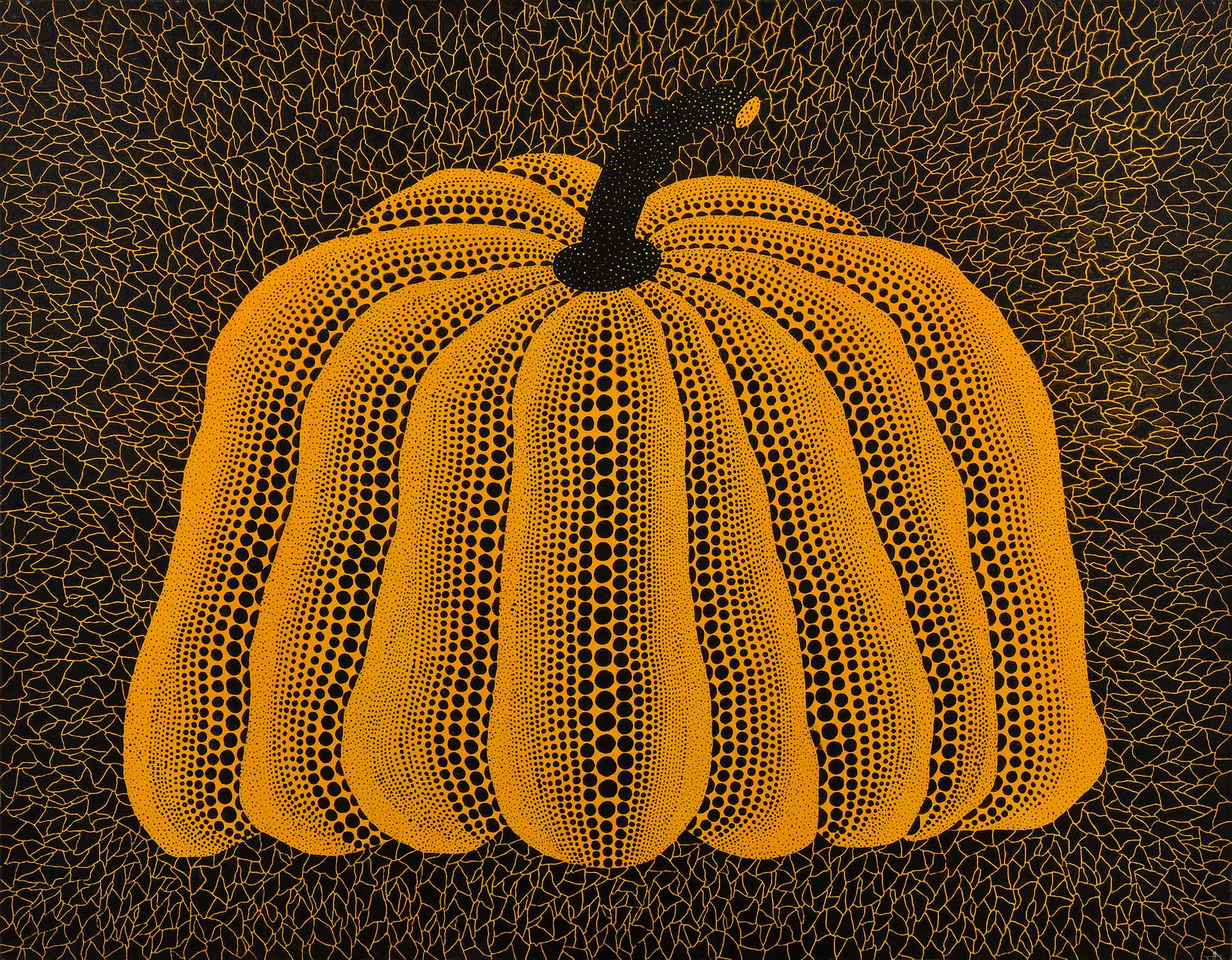
Basel, “Yayoi Kusama” (Opens Oct. 12)
A Yayoi Kusama show hardly requires introduction. Wherever one opens, unprecedented crowds follow. But, with all the craze to take a selfie inside the Infinity Mirror room, one easily forgets the deeper significance behind Kusama’s incredible spectacles, which come from her conception of self-obliteration developed over the last seven-decades. This major retrospective, a first in Switzerland, presents 300 works, including sculptures, drawings, and a brand-new Infinity Room. fondationbeyeler.ch
New York, “David Wojnarowicz: Arthur Rimbaud in New York” (Until Jan. 18)
In the late ’70s, David Wojnarowicz made a mask of the French poet Arthur Rimbaud from cardstock and a rubber band, and photographed his friends wearing it in various poses around New York City. Wojnarowicz identified with the poet, who was young, gay, and an outsider like him, and saw parallels between the turbulence of the city and 1870s Paris. The series, titled Arthur Rimbaud in New York, was first exhibited at P.P.O.W gallery in 1990, two years before the artist’s death from AIDS at 37. This show presents a selection from the original show, later published photographs, and test prints. leslielohman.org
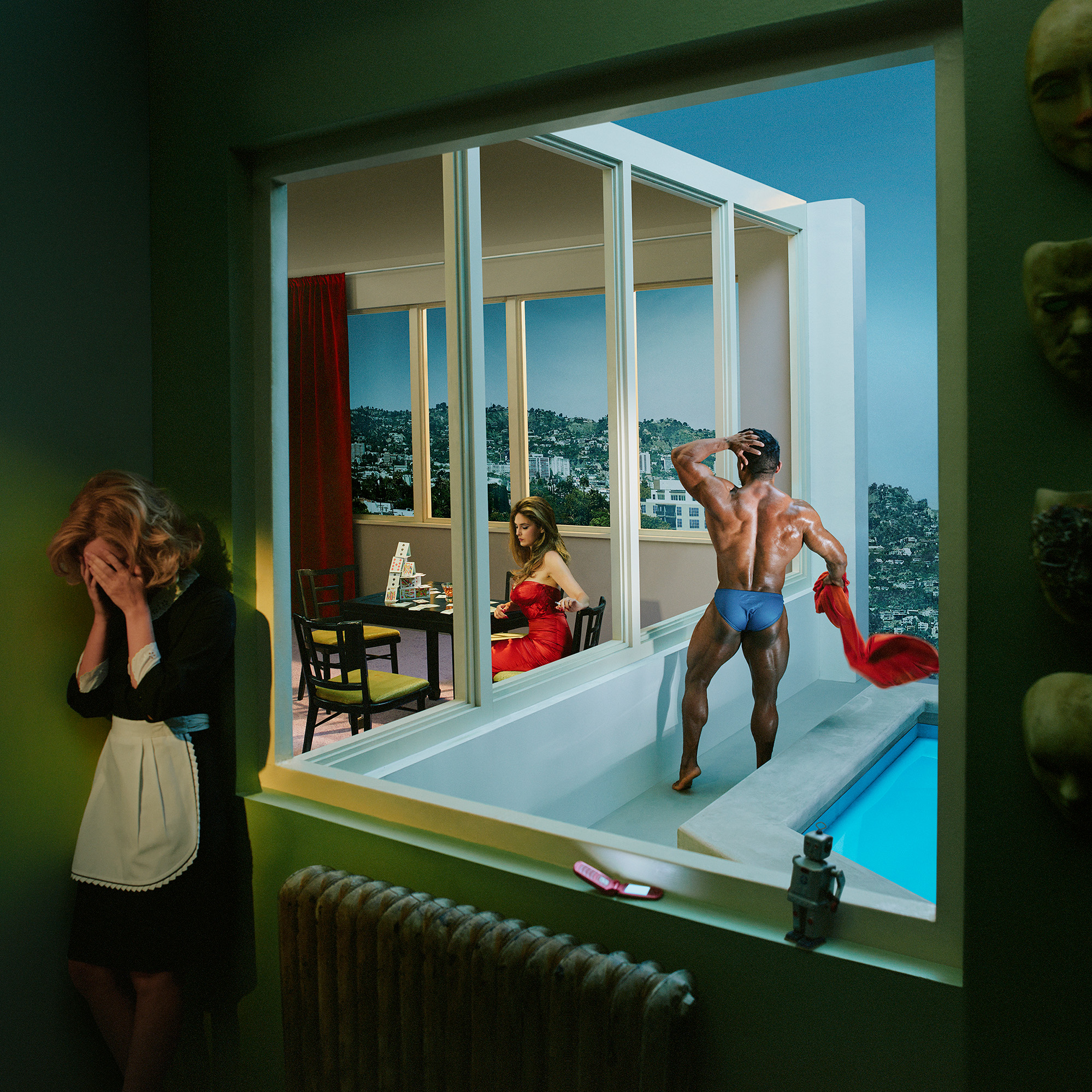
We checked in with our former podcast guests who will be inching through Miami traffic, unveiling new works, signing books and revealing new projects this year.
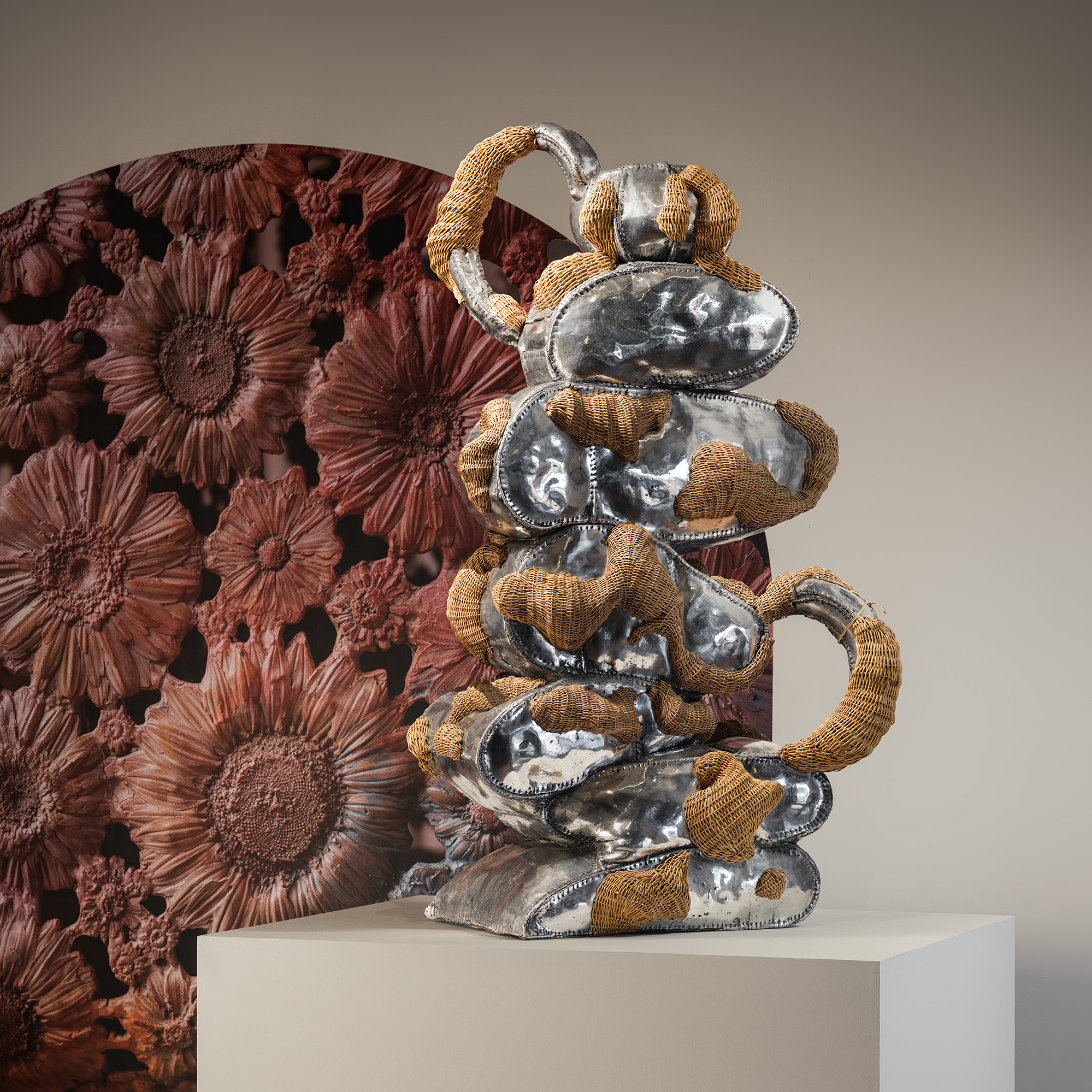
The ecstatic designs of Chris Wolston come to Texas, Juergen Teller's most honest show yet opens in Athens, a forgotten Cuban Modernist is revived in New York, and more.
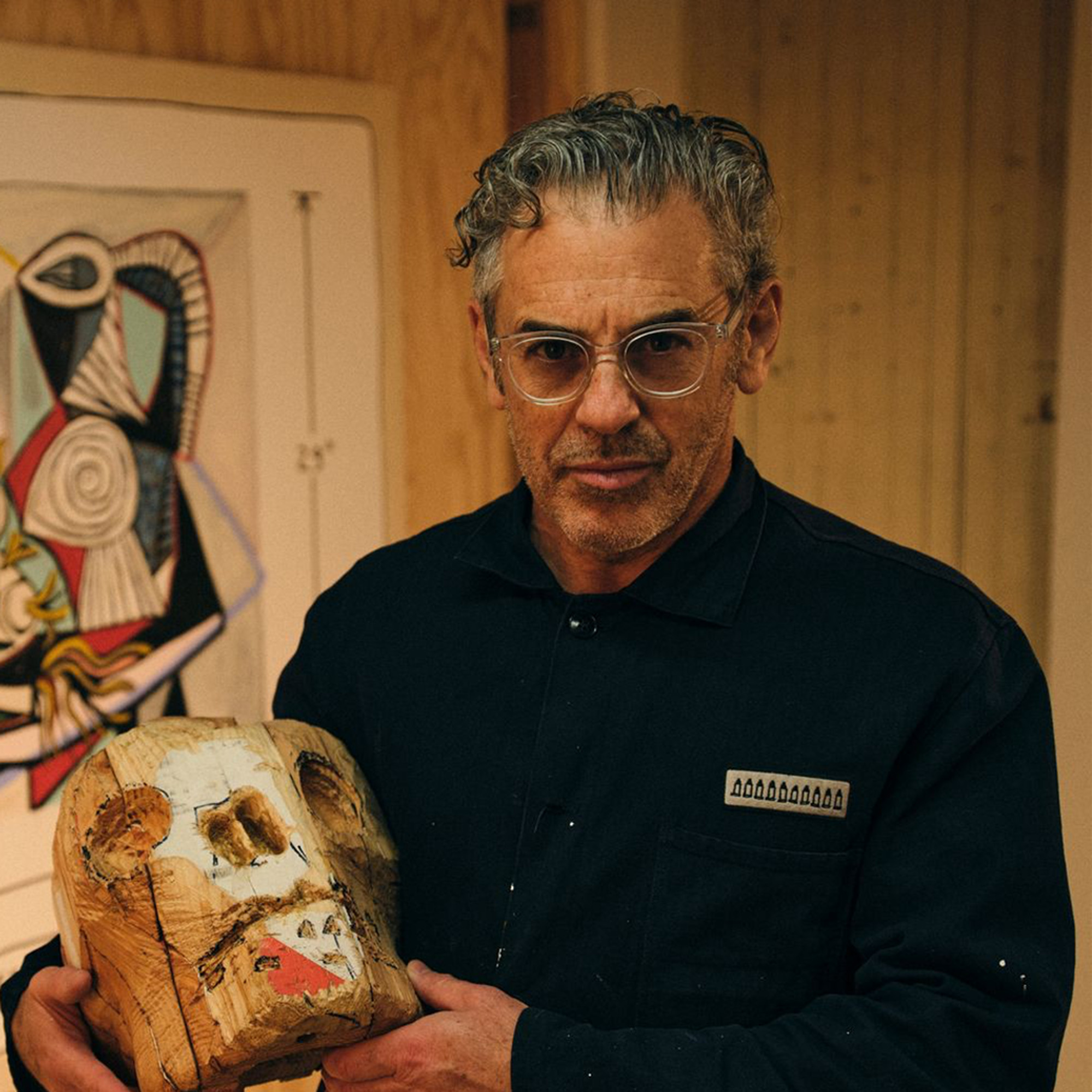
Tom Sachs explores various creative disciplines, from sculpture and filmmaking to design and painting. On this season finale, Dan speaks with Tom about his accidental journey to fine art, how an installation in a Barneys window kickstarted his career, and more.